POLY[(O-CRESYL GLYCIDYL ETHER)-CO-FORMALDEHYDE]
- CAS NO.:29690-82-2
- Empirical Formula: C33H42O9X2
- Molecular Weight: 582.68
- MDL number: MFCD00192408
- SAFETY DATA SHEET (SDS)
- Update Date: 2025-01-27 09:38:02
![POLY[(O-CRESYL GLYCIDYL ETHER)-CO-FORMALDEHYDE] Structural](https://img.chemicalbook.in/CAS/GIF/29690-82-2.gif)
What is POLY[(O-CRESYL GLYCIDYL ETHER)-CO-FORMALDEHYDE]?
Chemical properties
Hazardous polymerization can occur with aliphatic amines in quantities greater than 1 lb.
The Uses of POLY[(O-CRESYL GLYCIDYL ETHER)-CO-FORMALDEHYDE]
The epoxy novolac resins are
used and cured in ways similar to the resins based on the
diglycidyl ether of bisphenol A. These resins differ from
bisphenol A epoxy resins in that whereas a bisphenol A
polymeric chain can contain a maximum of two epoxide
group regardless of chain length, cresolic and phenolic
novolacs can contain an epoxide group for each phenol or
cresol molecule incorporated in the chain.
Because of their high functionality, epoxy novolac resins,
when cured, produce tightly cross-linked systems with improved high-temperature performance, chemical resistance,
and adhesion over the resins based on the diglycidyl
ether of bisphenol A. The thermal stability of epoxy novolac
resins has made them useful for structural and electrical
laminates and as coatings and castings for elevated temperature
service. Owing to the chemical resistance of these resins,
they are used for lining storage tanks, pumps, and other
process equipment as well as for corrosion-resistant coatings.
The Uses of POLY[(O-CRESYL GLYCIDYL ETHER)-CO-FORMALDEHYDE]
For high temperature adhesives, coatings, electrical and laminating products.
Production Methods
The term novolac refers to the reaction products of phenolic compounds and formaldehyde. Glycidation of the phenolic hydroxyl groups by epichlorohydrin under conditions similar to those used for forming the diglycidyl ether of bisphenol A produces the corresponding epoxy novolac resins. The average n in the above formula varies from 0.2 to 1.8, depending on the ultimate use of the resin.
Properties of POLY[(O-CRESYL GLYCIDYL ETHER)-CO-FORMALDEHYDE]
| Melting point: | 70-75 °C(lit.) |
| Density | 1.12 g/mL at 25 °C(lit.) |
| Flash point: | >230 °F |
| EPA Substance Registry System | Epichlorohydrin, o-cresol, formaldehyde polymer (29690-82-2) |
Safety information for POLY[(O-CRESYL GLYCIDYL ETHER)-CO-FORMALDEHYDE]
| Signal word | Warning |
| Pictogram(s) |
 Exclamation Mark Irritant GHS07 |
| GHS Hazard Statements |
H315:Skin corrosion/irritation H319:Serious eye damage/eye irritation H335:Specific target organ toxicity, single exposure;Respiratory tract irritation |
| Precautionary Statement Codes |
P261:Avoid breathing dust/fume/gas/mist/vapours/spray. P264:Wash hands thoroughly after handling. P264:Wash skin thouroughly after handling. P271:Use only outdoors or in a well-ventilated area. P280:Wear protective gloves/protective clothing/eye protection/face protection. P302+P352:IF ON SKIN: wash with plenty of soap and water. P305+P351+P338:IF IN EYES: Rinse cautiously with water for several minutes. Remove contact lenses, if present and easy to do. Continuerinsing. |
Computed Descriptors for POLY[(O-CRESYL GLYCIDYL ETHER)-CO-FORMALDEHYDE]
New Products
Tetrabutylammonium hydrogen sulfate 2,2,6-Trimethyl-4H-1,3-dioxin-4-one 4-Piperidinopiperidine tert-Butyl acetoacetate 4-BROMOMETHYLTETRAHYDROPYRAN 3-Hydroxyazetidine hydrochloride Diallylamine, 99% Calcium hydroxide, 95% Aluminum oxide, basic 2-Bromophenylacetonitrile, 97% L-tert-Leucine,97% N-Hydroxy-2-methylpropanimidamide 4-(3,4-Dichlorophenyl)-3,4-Dihydro-N-Methyl-1-(2H)-Naphthalenimine (Schiff Base) 2-AMINO-3,5-DIBROMO BENZALDEHYDE [ADBA] L-Glutamic Acid Dimethyl Ester Hcl 10-Methoxy-5H-dibenz[b,f]azepine 5-Cyanophthalide N, N-Carbonyldiimidazole (CDI) 3-Methoxybenzonitrile 4-Methoxybenzonitrile Dibenzoyl Peroxide Titanium Dioxide Chloral PentachlorobenzonitrileRelated products of tetrahydrofuran
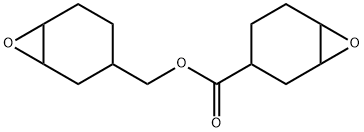

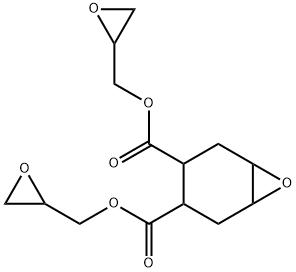

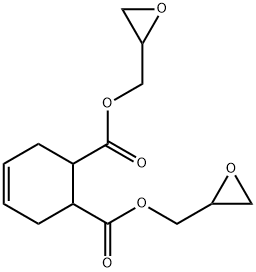
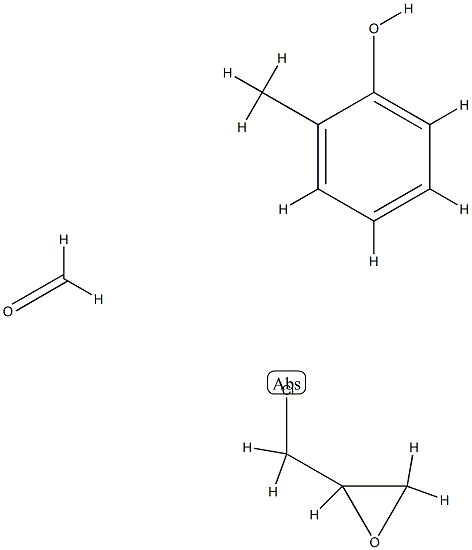
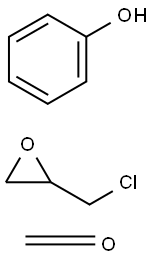

You may like
-
![Poly[(o-cresyl glycidyl ether)-co-formaldehyde] CAS 29690-82-2](https://img.chemicalbook.in//Content/image/CP5.jpg) Poly[(o-cresyl glycidyl ether)-co-formaldehyde] CAS 29690-82-2View Details
Poly[(o-cresyl glycidyl ether)-co-formaldehyde] CAS 29690-82-2View Details
29690-82-2 -
![Cis-2-(Bromomethyl)-2-(2,4-Dichlorophenyl)-1,3-Dioxolane-4-Ylmethyl Benzoate [CBB] 61397-56-6 99%](https://img.chemicalbook.in//Content/image/CP5.jpg) Cis-2-(Bromomethyl)-2-(2,4-Dichlorophenyl)-1,3-Dioxolane-4-Ylmethyl Benzoate [CBB] 61397-56-6 99%View Details
Cis-2-(Bromomethyl)-2-(2,4-Dichlorophenyl)-1,3-Dioxolane-4-Ylmethyl Benzoate [CBB] 61397-56-6 99%View Details
61397-56-6 -
 287930-77-2 / 142569-70-8 99%View Details
287930-77-2 / 142569-70-8 99%View Details
287930-77-2 / 142569-70-8 -
 Ethyl-2-Chloroacetoacetate 609-15-4View Details
Ethyl-2-Chloroacetoacetate 609-15-4View Details
609-15-4 -
 CIS- BROMO BENZOATEView Details
CIS- BROMO BENZOATEView Details
61397-56-6 -
 609-15-4View Details
609-15-4View Details
609-15-4 -
![1-(6-Methylpyridin-3-Yl)-2-[4-(Methylsulfonyl)Phenyl]Ethanone [Ketosulfone] 99%](https://img.chemicalbook.in//Content/image/CP5.jpg) 1-(6-Methylpyridin-3-Yl)-2-[4-(Methylsulfonyl)Phenyl]Ethanone [Ketosulfone] 99%View Details
1-(6-Methylpyridin-3-Yl)-2-[4-(Methylsulfonyl)Phenyl]Ethanone [Ketosulfone] 99%View Details
221615-75-4 -
 27143-07-3View Details
27143-07-3View Details
27143-07-3
